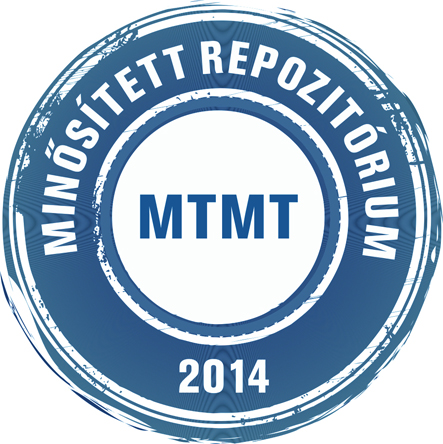Nagy Beáta Boglárka: A nganaszan igék aspektusáról. In: Acta Universitatis Szegediensis : sectio ethnographica et linguistica = néprajz és nyelvtudomány = étnografiâ i azykoznanie = Volkskunde und Sprachwissenschaft, (36). pp. 267-284. (1995)
Előnézet |
Cikk, tanulmány, mű
etno_lingu_036_267-284.pdf Letöltés (959kB) | Előnézet |
Absztrakt (kivonat)
Nganasan verbs can be devided into the following two groups: 1. verbs describing a static situation — aspect here is irrevelant —; 2. verbs describing a dynamic situation which form imperfective-perfective pairs according to their aspect. In Nganasan perfective is not marked. The imperfective verbs are formed with the following affixes: -t the most common affix, which can be added both to the derivated or not derivated verbs; -guj-, its general function is connected to the expression of quality of action; it is usually added to derivated verbs if a -t- included transitive, cauzative, or a not-fulfilled action expressing affix is situated before the imperfective affix. This kind of development may be explained with the fact that the language avoids the accumulation of t sounds. Therefore in the relation between -t - and -guj- affixes a complementary distribution comes into being. -r- is a frecventative affix, due to its general function it is connected to the expression of the guality of action. Language data show that the -t - and the frequentative -r- cannot be added to the same verb. In descriptions of the Nganasan language a -"V- affix is recorded. According to Labanauskas it is the sign of perfective tense. In aoristos, a -fV- element appears in the inflection paradigm of the imperfective verbs. Labanauskas term it the sign of present tense. If these two elements are analyzed as tense signs, the imperfective verbs cannot have perfect tense and the perfective verbs cannot have present tence. If they are affixes, they should appear in the infinitive form, but they do not. Finally it can be said that in Nganasan the personal suffixes are linked to the verb stem with coaffixes. The time quality of the verbs is not dependent on the coaffix but on the aspect of the verb stem.
| Mű típusa: | Cikk, tanulmány, mű |
|---|---|
| Egyéb cím: | Imperfective and perfective verbs in nganasan |
| Befoglaló folyóirat/kiadvány címe: | Acta Universitatis Szegediensis : sectio ethnographica et linguistica = néprajz és nyelvtudomány = étnografiâ i azykoznanie = Volkskunde und Sprachwissenschaft |
| Dátum: | 1995 |
| Kötet: | 36 |
| ISSN: | 0586-3716 |
| Oldalak: | pp. 267-284 |
| Nyelv: | magyar , angol |
| Kiadás helye: | Szeged |
| Befoglaló mű URL: | http://acta.bibl.u-szeged.hu/37233/ |
| Kulcsszavak: | Nganaszan nyelv - ige |
| Megjegyzések: | Bibliogr.: p. 282-283. ; összefoglalás angol nyelv |
| Szakterület: | 06. Bölcsészettudományok 06. Bölcsészettudományok > 06.02. Nyelvek és irodalom |
| Feltöltés dátuma: | 2016. okt. 15. 07:56 |
| Utolsó módosítás: | 2022. szep. 14. 08:30 |
| URI: | http://acta.bibl.u-szeged.hu/id/eprint/3775 |
 |
Tétel nézet |



